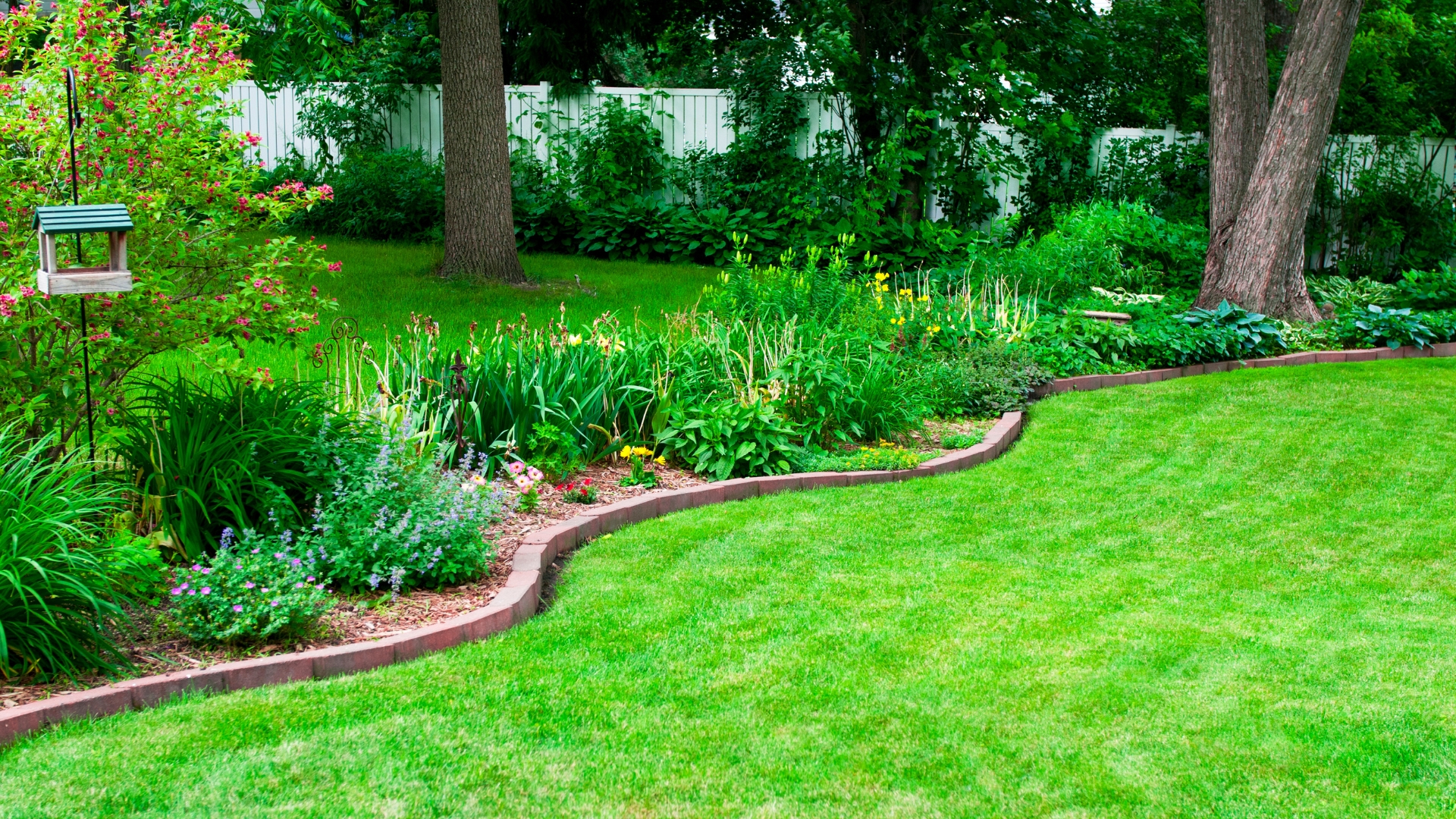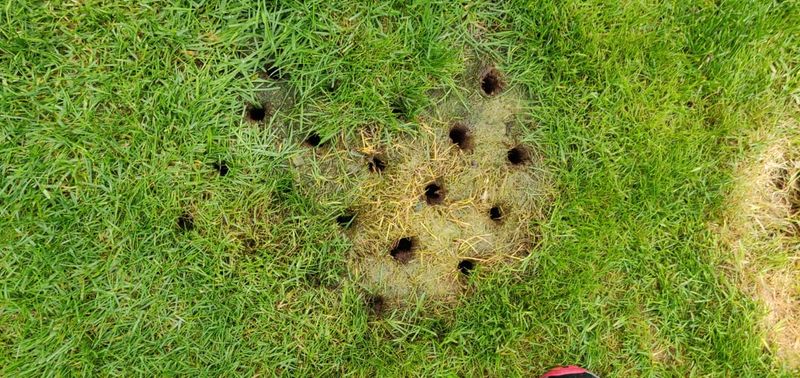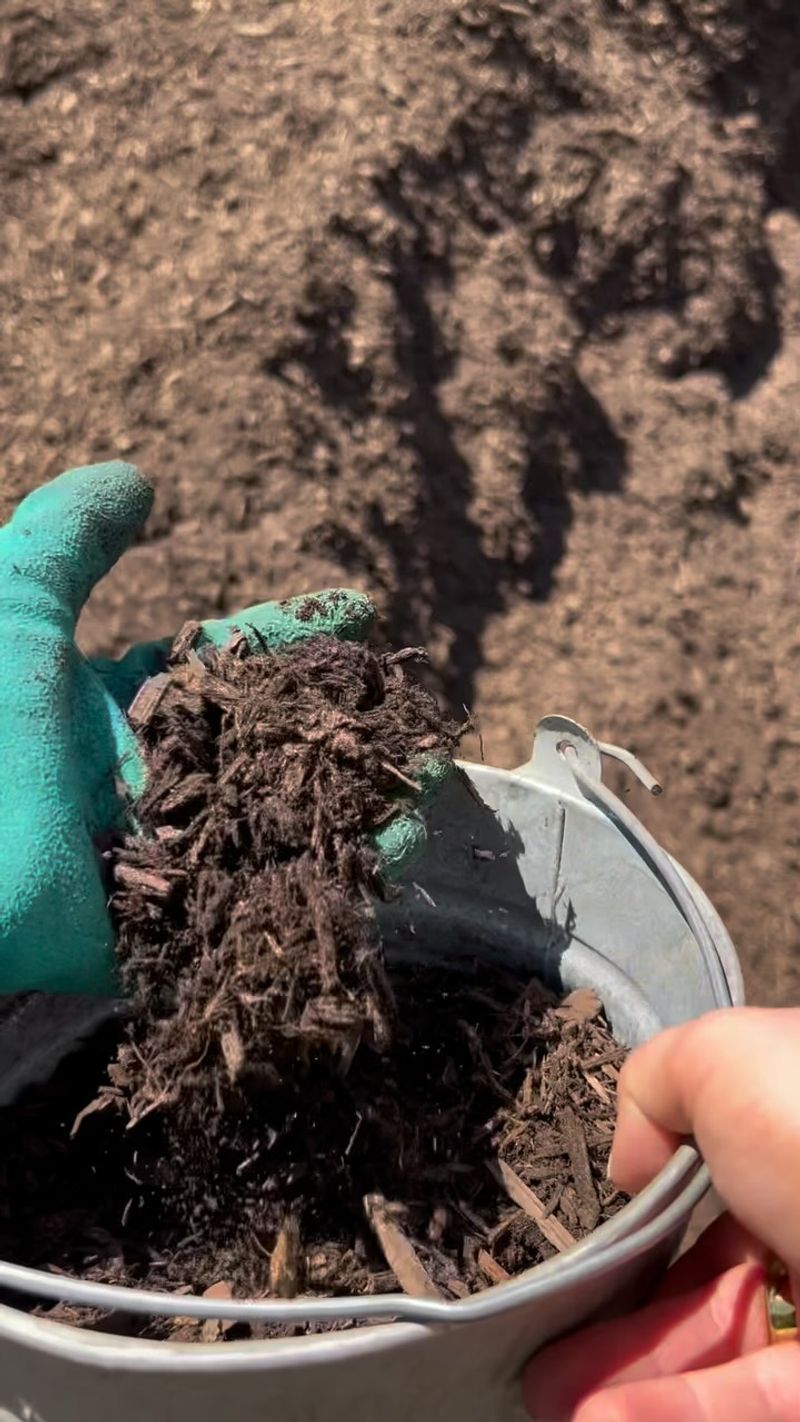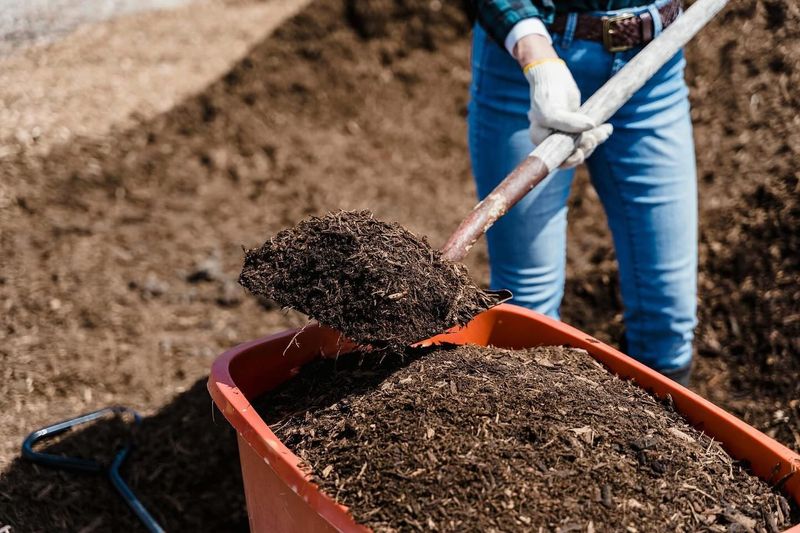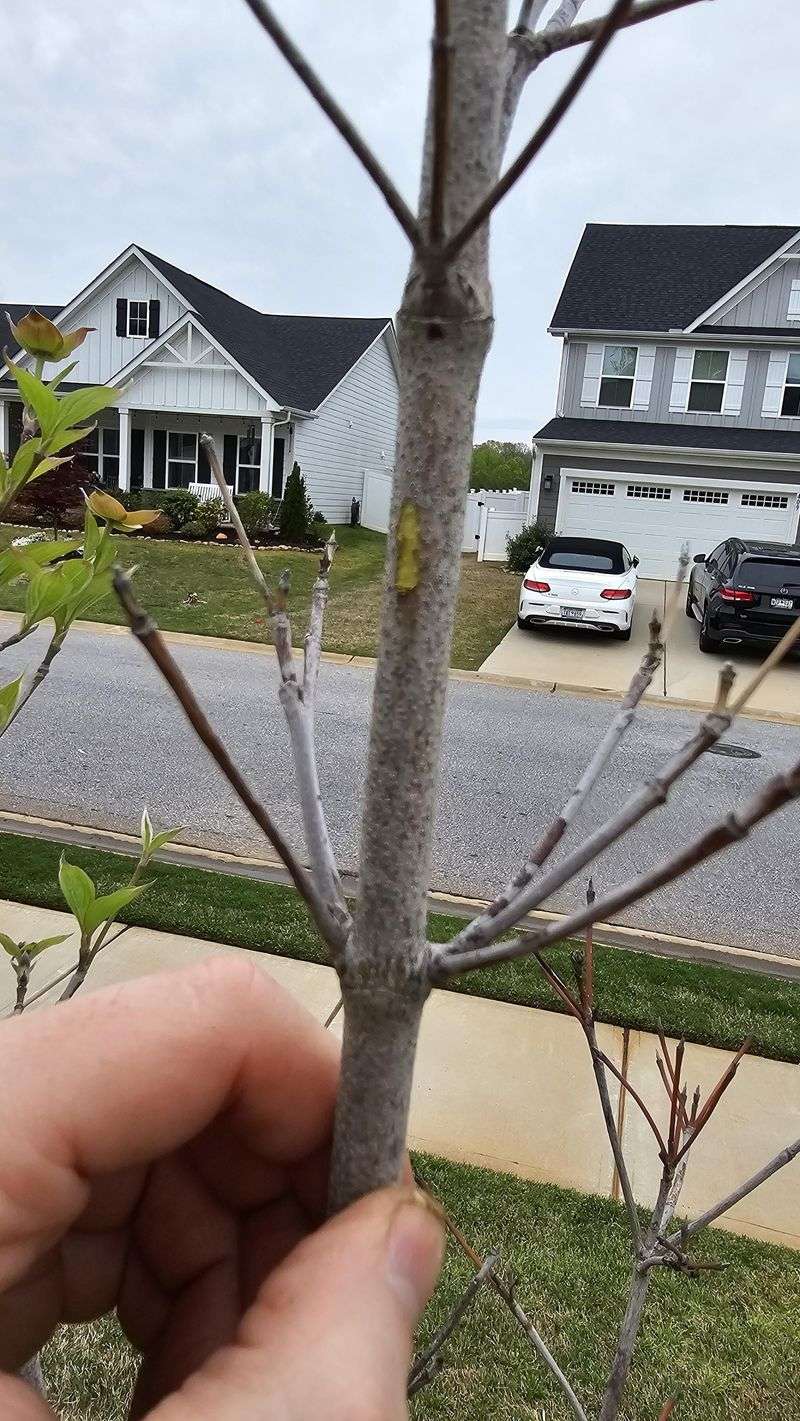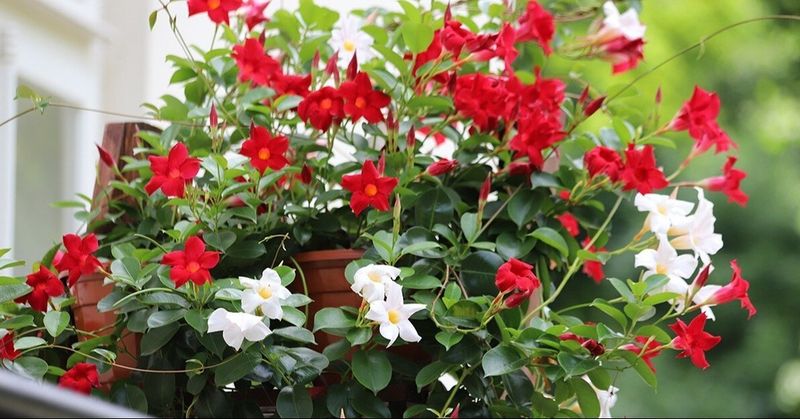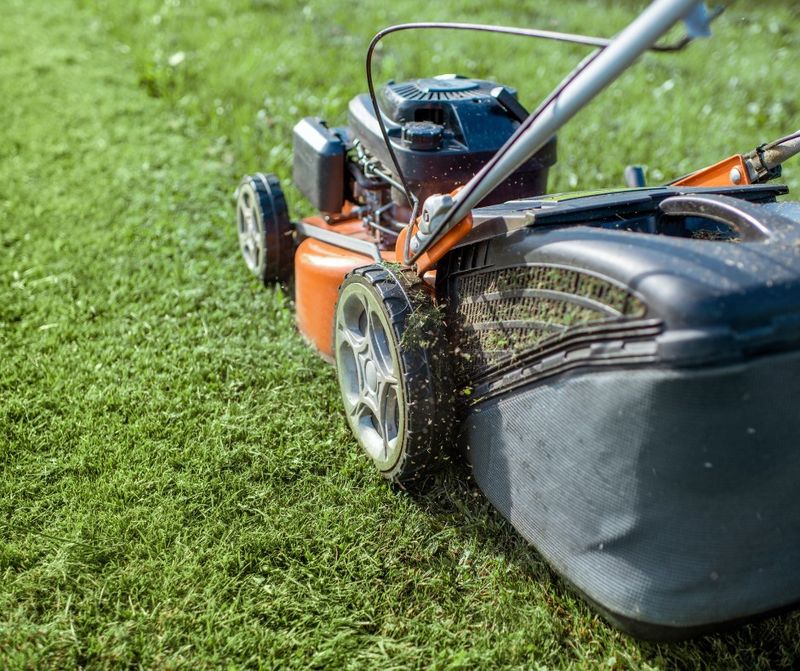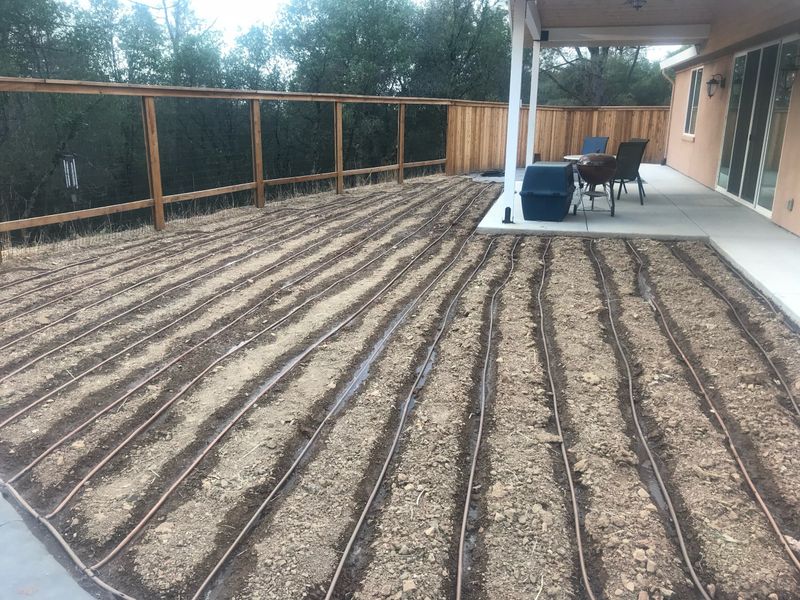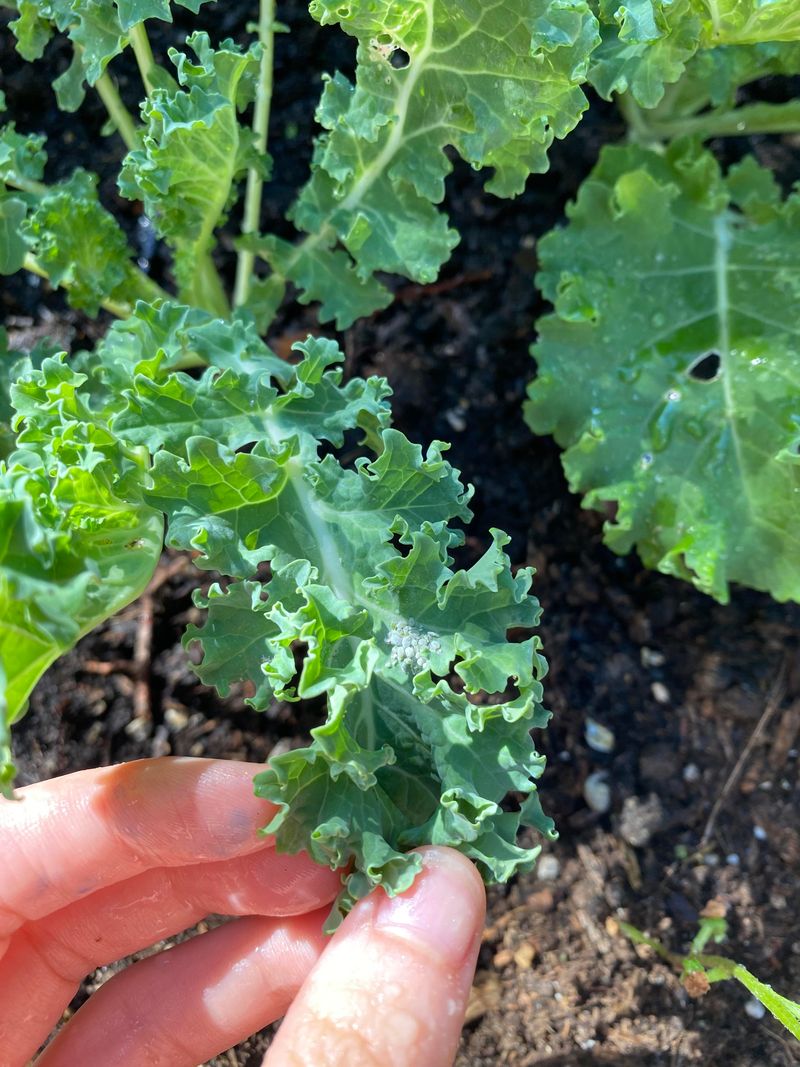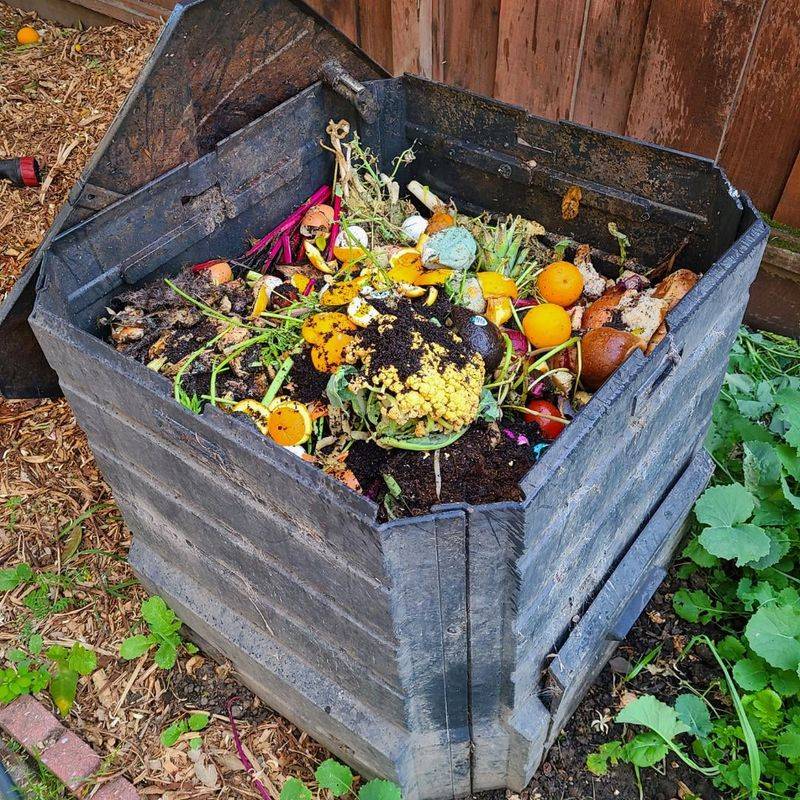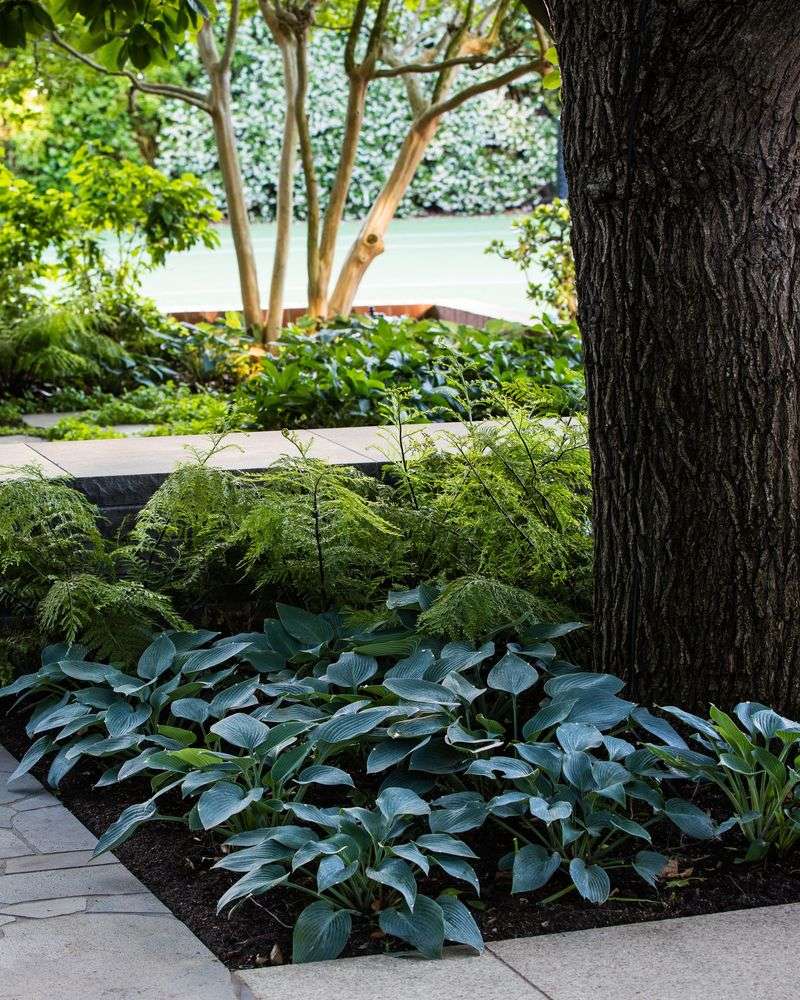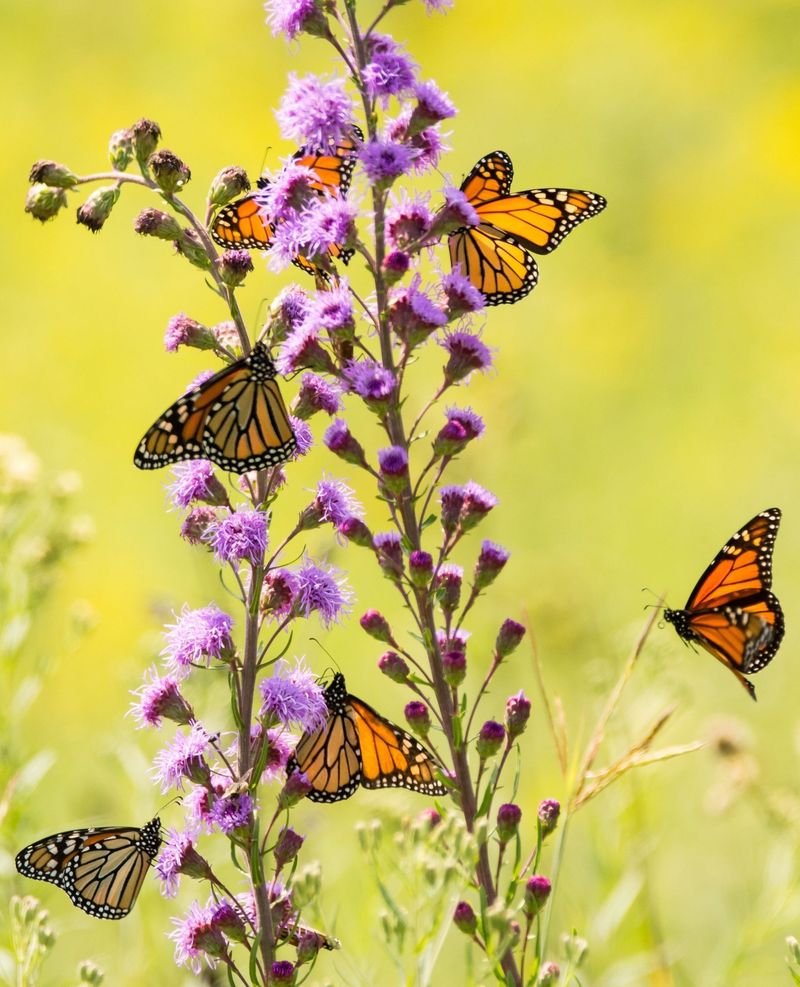Summer’s coming fast—is your lawn and garden ready? May is the perfect time to prep your outdoor space for strong, healthy growth. A little effort now means lush, vibrant results all summer long. Here are 17 essential things to do this May to get your lawn and garden thriving. Let’s make this your best gardening season yet!
1. Aerating the Soil
Aerating your soil breathes life into your garden. By creating small holes, water, nutrients, and air reach the roots more effectively. It’s especially beneficial after winter compacting.
Think of it as a spa treatment for your lawn! Aim to aerate when the soil is moist but not soggy. A simple garden fork or aerator tool can do wonders.
Remember to cover the entire area evenly for the best results. After aeration, water the lawn to help it settle. This process invigorates growth and prepares your garden for a fruitful summer.
2. Fertilizing for Growth
Fertilizing provides your garden with essential nutrients. Early May is perfect for a growth boost. Choose a balanced fertilizer to enrich the soil. Spread it evenly across your lawn and garden bed.
This ensures healthy growth as summer approaches. Avoid over-fertilizing, as this can harm plants. Instead, follow the recommended amounts on packaging.
Fertilizing now sets the stage for vibrant blooms and robust plants. Keep an eye out for any yellowing leaves, as it might indicate a nutrient imbalance.
3. Weeding with Care
Weeds can be pesky intruders in your garden. Early May is ideal for tackling them. By removing weeds, you give your plants more space and nutrients. Hand-pulling is effective and eco-friendly.
Ensure you remove the entire root to prevent regrowth. Focus on areas where weeds are most prevalent. Regular weeding sessions keep your garden tidy and healthy.
Use mulch around plants to reduce weed growth. This approach not only maintains aesthetics but also conserves moisture in the soil.
4. Mulching for Moisture
Mulching adds a protective layer to your soil. It helps retain moisture and control weeds. May is perfect for spreading mulch as the weather warms. Choose organic mulch like wood chips or straw for a natural look.
Spread it evenly around plants, avoiding direct contact with stems. This provides insulation and reduces evaporation. A well-mulched garden requires less watering, saving time and resources.
Besides functional benefits, mulch enhances the visual appeal of garden beds.
5. Pruning for Health
Pruning invigorates plants by removing dead or overgrown branches. May is an excellent time for this task. Regular pruning promotes healthy growth and more blooms.
Use sharp, clean shears for precise cuts. Focus on shaping the plant to allow sunlight penetration. Be careful not to over-prune, as this can stress plants.
Target dead or diseased branches first. Pruning now ensures a more manageable garden and encourages a flourishing summer display.
6. Planting Summer Flowers
Planting summer flowers in May sets the stage for vibrant colors. Choose sun-loving varieties to thrive in the summer heat. Prepare the soil with compost to enhance growth.
Consider planting in clusters for a more dramatic effect. Space plants appropriately to allow room for growth. Water newly planted flowers thoroughly.
This step encourages root establishment. Regularly check for pests and ensure the soil remains moist. A well-planted garden is a joy to behold all summer long.
7. Lawn Mowing Strategy
Mowing your lawn correctly keeps it healthy and lush. Start by setting your mower blades high in May. This prevents stress on the grass and encourages deep root growth. Mow regularly, but avoid cutting more than a third of the grass blade at once.
Sharp blades provide clean cuts, reducing disease risk. Mow in different directions each time to prevent pattern wear.
Leave clippings on the lawn as a natural fertilizer. A well-maintained lawn sets the foundation for a stunning summer yard.
8. Watering Wisely
Smart watering keeps your garden thriving. Early mornings or late evenings are ideal times to water. This reduces evaporation and ensures plants absorb moisture. Deep watering encourages roots to grow deeper, increasing drought resistance.
Avoid over-watering, which can lead to root rot. Use a soaker hose for even distribution. Monitor weather patterns and adjust watering accordingly.
A rain gauge helps track natural precipitation. Wise watering techniques contribute to robust plant health and conservation of water resources.
9. Pest Control Planning
Pests can ruin your hard work, so plan now to keep them at bay. Regularly inspect plants for signs of pests. Encourage beneficial insects like ladybugs. Use natural pest control methods to protect the ecosystem.
Hand-picking pests is effective for small infestations. Introduce companion plants that repel unwanted bugs. Spraying with neem oil can deter many garden pests.
Consistent monitoring and management keep your garden flourishing. Early May is the best time for establishing pest control measures.
10. Composting Leftovers
Composting turns waste into valuable garden gold. Start a compost pile with kitchen scraps and yard waste. This creates nutrient-rich soil over time. Stir the pile regularly to aerate and speed up decomposition.
Keep it moist, but not too wet. Avoid meat and dairy products in compost. Use a mix of greens and browns for balance. Finished compost enriches your garden beds, improving plant health and growth.
May is a great time to begin this eco-friendly practice, reducing waste and benefiting your plants.
11. Garden Tool Maintenance
Caring for your tools prolongs their life and performance. Clean and oil tools after each use to prevent rust. Sharpen blades regularly for efficient cutting. Store tools in a dry area to avoid moisture damage.
Regular maintenance ensures they’re ready when needed. Inspect handles for splinters or cracks. Sand any rough spots for a smooth grip.
A well-maintained toolset makes gardening tasks easier and more enjoyable. May is perfect for checking over your tools as you prepare for the summer season.
12. Strategic Garden Planning
Planning your garden layout enhances its beauty and productivity. Consider sun exposure, plant height, and color combinations. Group plants with similar water needs for efficient irrigation.
Use borders and pathways to define areas. Companion planting improves growth and reduces pests. May is a great time to adjust your garden plan. Sketch ideas on paper before planting.
This approach results in a harmonious and eye-catching garden. A well-planned garden not only looks good but also functions effectively.
13. Managing Shade Areas
Shade areas need special attention in your garden. Opt for shade-loving plants like ferns or hostas. These thrive in less sunlight and add diversity. Use reflective mulch to brighten these areas.
Regularly prune overhanging branches to allow some light. Consider garden art to enhance these spots visually. Early May is ideal for addressing shady areas as you prepare for summer.
A thoughtful approach ensures all parts of your garden flourish. Shade gardens offer cool retreats during hot summer days.
14. Harvesting Early Crops
Harvesting early crops is rewarding and opens space for new plantings. Radishes, lettuce, and peas are typically ready by May. Gently pull or cut crops when they’re ripe. This encourages continued growth and provides fresh produce.
Enjoy your garden’s bounty in salads or meals. After harvesting, prepare the soil for subsequent plantings. This cycle keeps your garden productive and engaging throughout the growing season.
Early harvesting adds variety to your garden activities, making every visit exciting.
15. Decorating with Garden Art
Garden art adds personality and charm. Choose pieces that reflect your style and complement your garden. Wind chimes, sculptures, and stepping stones enhance visual interest. May is perfect for decorating as plants begin to flourish. Place art strategically to draw attention to focal points.
This creative touch makes your garden inviting and unique. Consider seasonal themes or whimsical elements for added fun.
Garden art transforms outdoor spaces into personal havens. It’s an enjoyable way to express creativity while gardening.
16. Preparing Patio Spaces
Transform your patio into a summer oasis. Clean furniture and check for wear. Add cushions and outdoor rugs for comfort. Consider potted plants to add greenery. May is ideal for setting up your patio as the weather warms.
String lights create ambiance for evening gatherings. Arrange furniture to accommodate guests comfortably. A welcoming patio extends your living space outdoors.
Enjoy meals, relax, or entertain surrounded by nature. Thoughtfully preparing your patio enhances the overall garden experience and invites relaxation.
17. Bird and Pollinator Attraction
Attracting birds and pollinators enriches your garden’s ecosystem. Install bird feeders and plant nectar-rich flowers. Bees and butterflies are vital for pollination. Choose native plants to support local wildlife.
May is perfect for enhancing bird and pollinator habitats. Provide water sources like birdbaths. This diversity brings life and color to your garden.
Enjoy watching nature while contributing to environmental health. A garden buzzing with activity is vibrant and balanced, offering endless enjoyment and learning opportunities.

